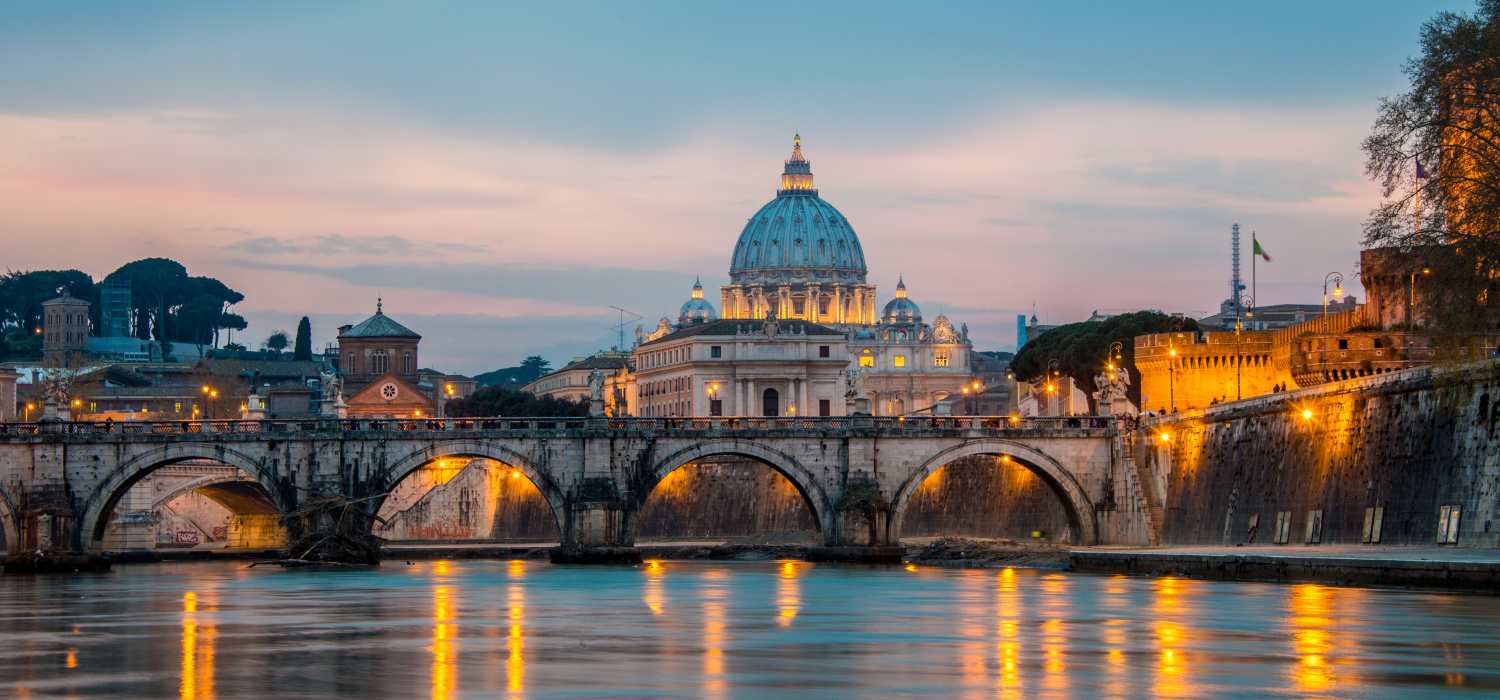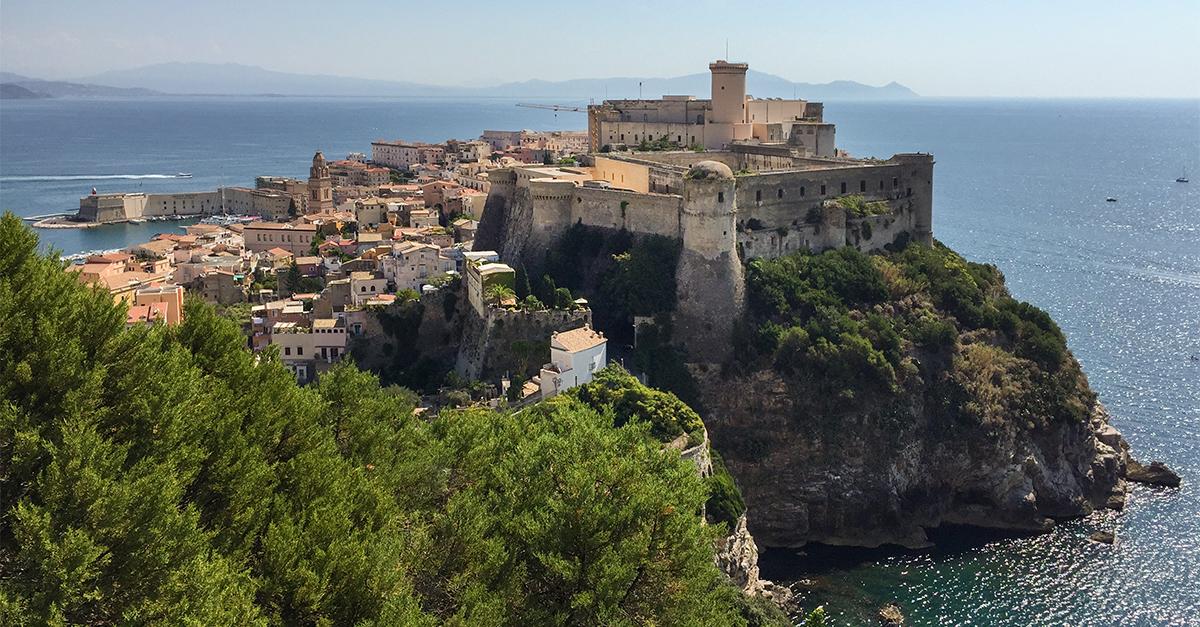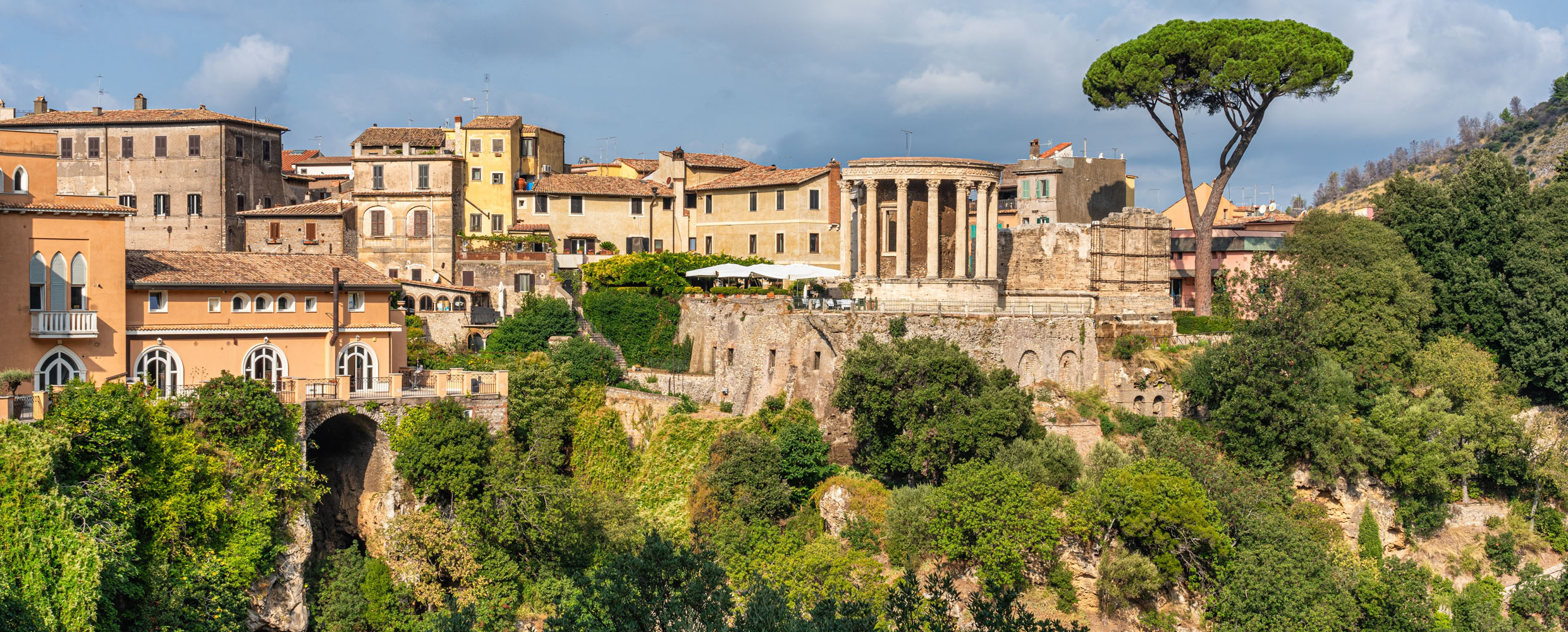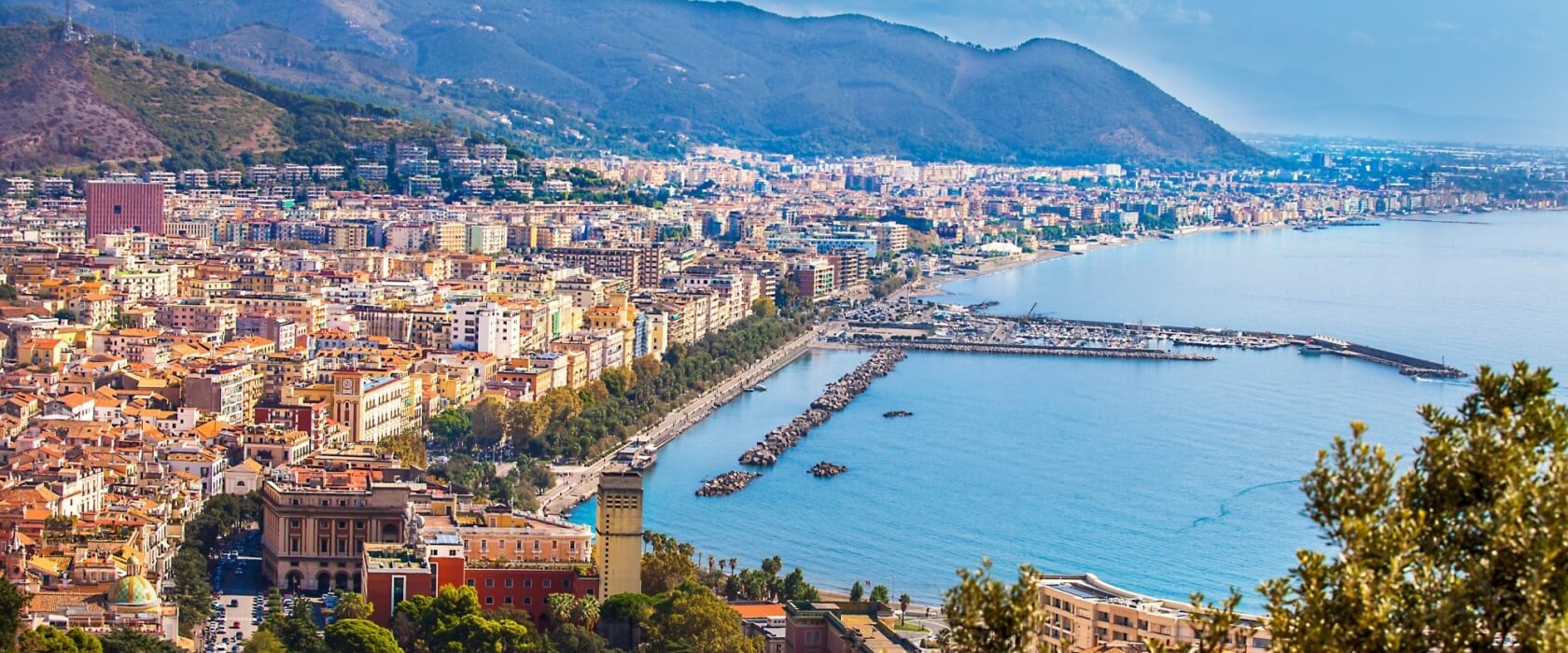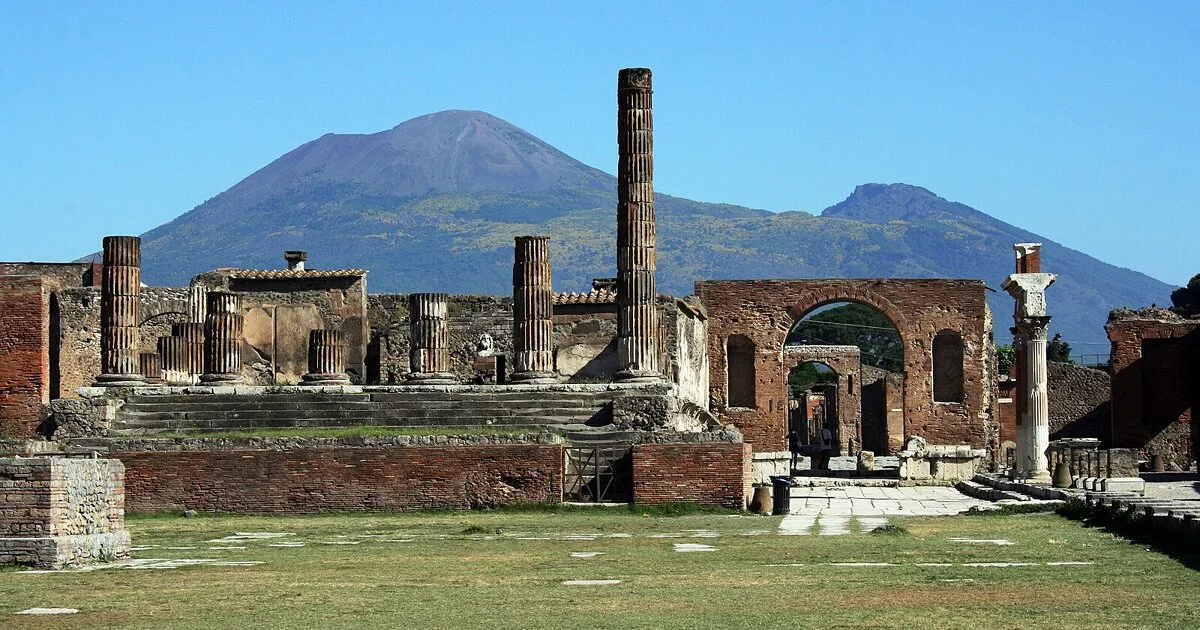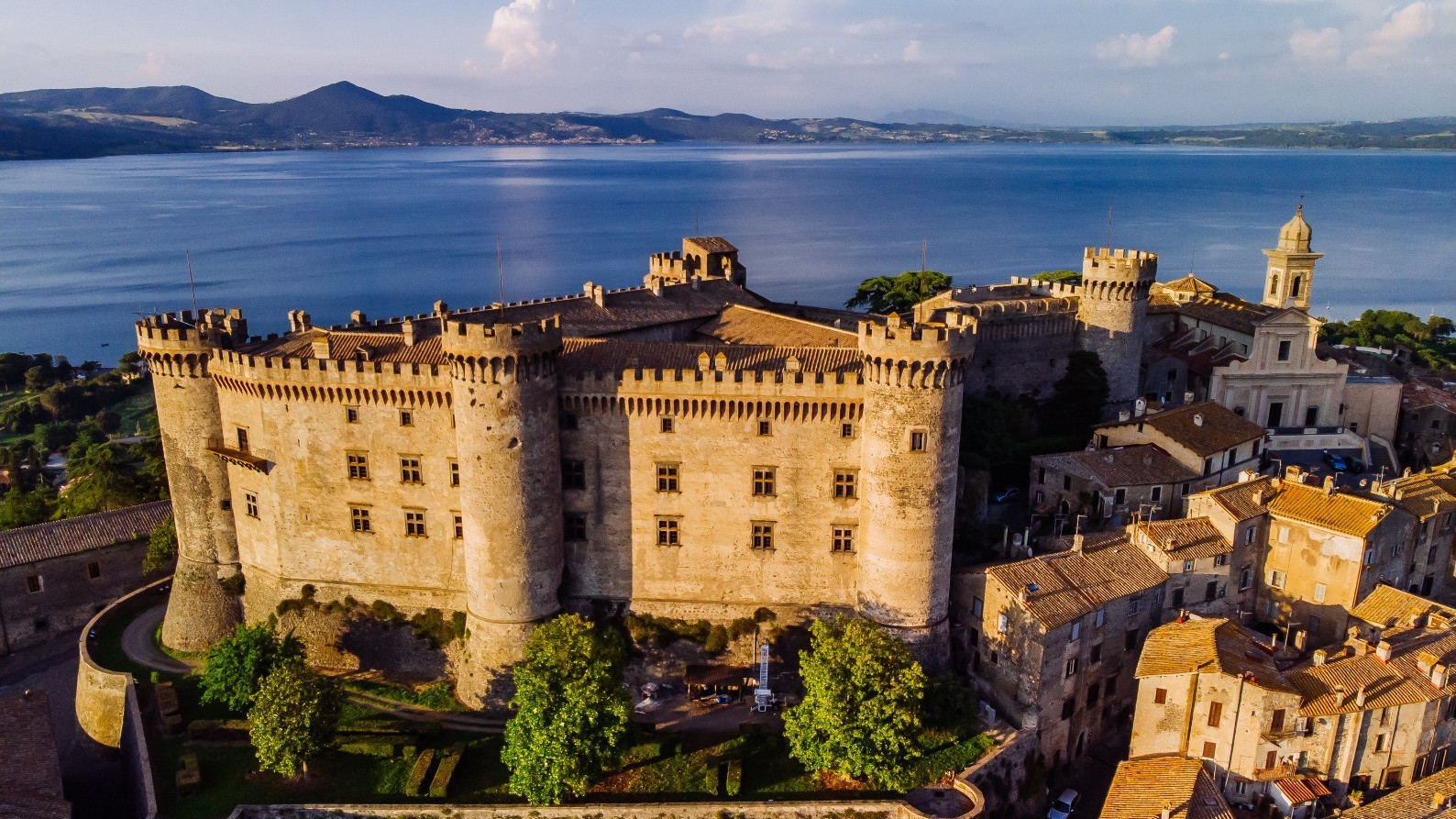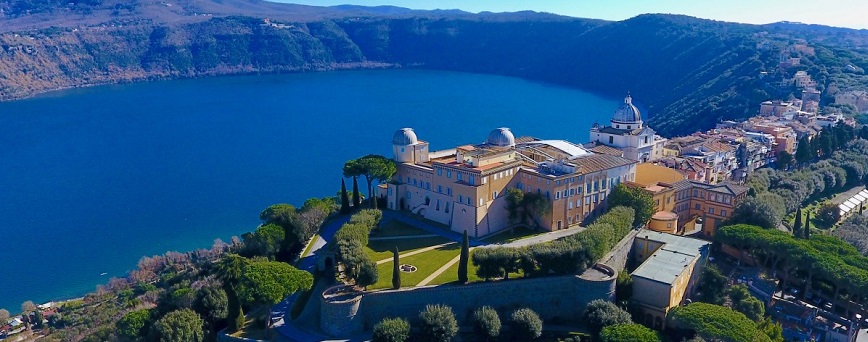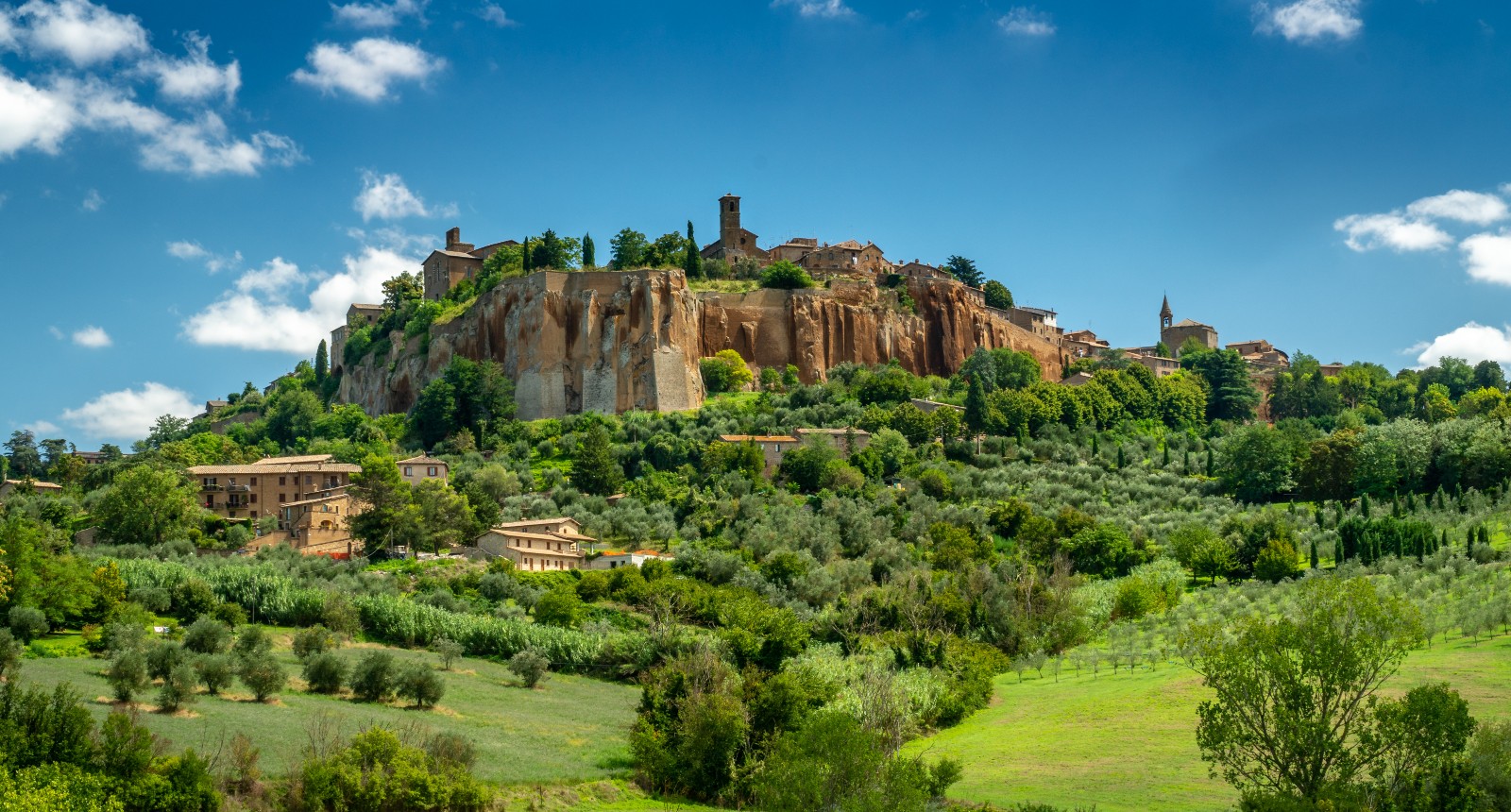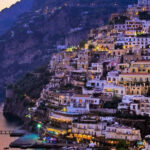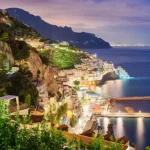One Day Outside Rome: 7 Hidden Treasures to Visit, leaving Rome for a day trip means discovering a surprising side of Italy one made of places that tell stories of centuries of history, art, and natural beauty.
In less than two hours, you can reach the clear waters of Salerno or Gaeta, wander through the ancient alleys of Orvieto, explore the Renaissance elegance of Tivoli, or be captivated by the ruins of Pompeii.
You can climb to the Orsini-Odescalchi Castle overlooking Lake Bracciano or enjoy the peaceful stillness of Castel Gandolfo with its view of Lake Albano.
Each destination is unique, yet they all share something essential: authenticity, cultural richness, and the chance to enjoy meaningful experiences, far from the usual tourist paths.
These places, easily accessible from Rome, aren’t just simple excursions they are brief journeys into the soul of Italy, meant to be lived in a day and remembered for a lifetime.


